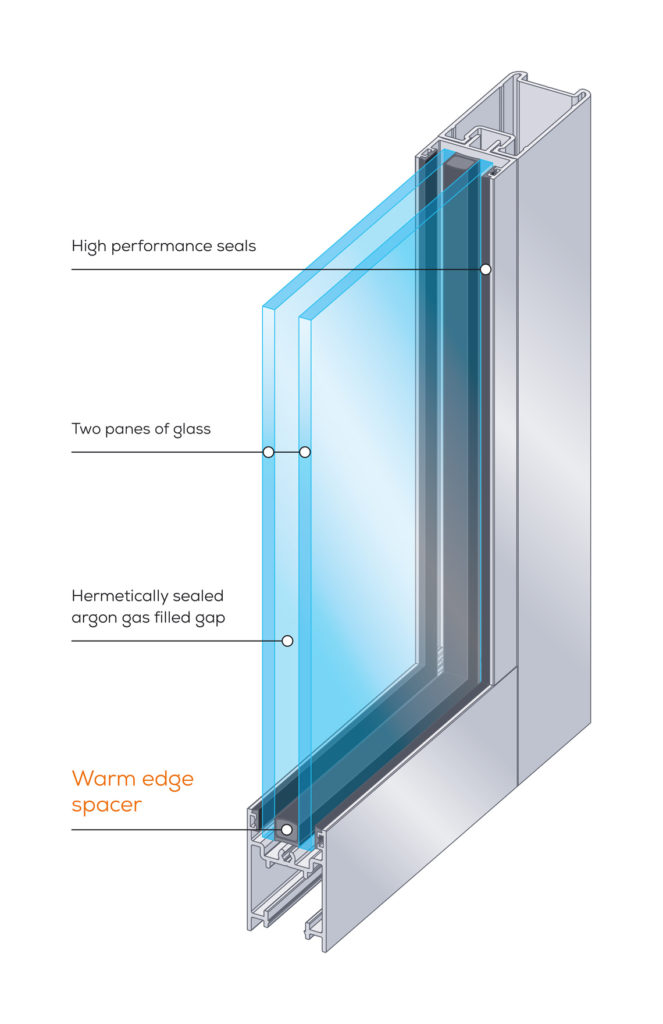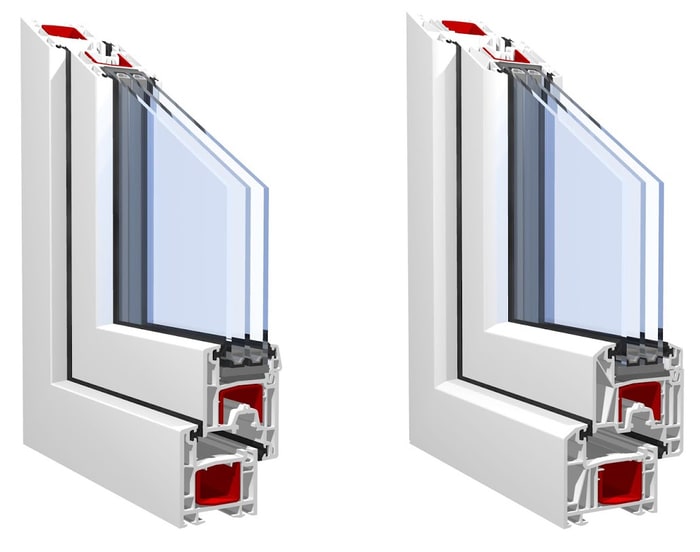All Categories
Featured
Table of Contents
Double Glazed Windows Melbourne - Upvc - German ... in Craigie Western Australia
That window can transfer more solar heat in winter season than in summer. A west-facing window on a summer season's afternoon has an angle of occurrence from near 0 up to 30 with a large efficient area of solar radiation. A north-facing window, in summer season, has a high angle of occurrence and a low efficient location of solar radiation, so can transmit less heat than a west-facing one.

However you can rapidly and easily enhance the thermal efficiency of your home by changing your windows. This is among the most reliable techniques of renovation to accomplish improved thermal convenience. There are thousands of types of glass and frames to pick from. Selecting the right ones is essential to improving the energy efficiency of your home.
Does Double Glazing Have A Vacuum? in Coolbellup Perth
Single glazing with clear glass is not very effective when it comes to heat loss or gain. To improve performance, you can use single glazing with a more energy-efficient type of glass such as low emissivity (low-e) glass.
Several layers can be put together with sealed cavities in between each sheet of glass. IGUs typically use better energy efficiency than single glazing, due to the fact that they transfer less energy. However, the energy performance of IGUs also depends upon: the properties of each layer of glass. Various glass types (for example, clear and low-e glass) can be assembled in an IGU.
Double Glazed Windows & Doors Melbourne & Sydney in Tapping Perth

IGU cavities can be filled with air or a more inert, low-conductivity gas such as argon the width of the cavity. Cavity thickness is normally 6 to 18mm. Wider cavities provide lower (better) U values, with 12mm typically accepted as the preferred space how well the cavity is sealed. Cavities need to be dry and well sealed to prevent wetness getting in.
If argon is set up to the cavity in location of air, moisture is reliably omitted the level of desiccant (drying agent). The spacer (metal or polymer strip) that separates the glass layers contains a desiccant to take in any moisture. Insufficient desiccant may cause wetness to condense on the glass surface in cold conditions, minimizing thermal performance.
The Best Double Glazing Companies In Canberra in Maida Vale Perth
IGUs can provide much better energy performance for all environments, especially in heated and air-conditioned houses. Cross-section detail of single, double and triple-glazing systems Low emissivity glass (commonly referred to as low-e glass) reduces heat transfer. Low-e glass may be either high or low transmission: High transmission low-e glass has a finish that enables daylight from the sun to enter your house to attain great solar heat gain, but decreases the amount of the long wavelength infrared heat that can get away back through the window.
Low-e glass has either a pyrolytic coating or a vacuum-deposited thin movie metal coating. Pyrolytic finishes are resilient and can be utilized for any glazing; vacuum-deposited coverings are soft and are just used within IGUs. Low-e finishings can considerably improve both U worth and SHGC; nevertheless, they should be used properly or they will either degrade or stop working to carry out as needed.
Double Glazing Vs Triple Glazing For Windows (2023) in Mindarie WA
Low-e finishes can be utilized in mix with clear, toned or reflective glass. Low-e finishings on glazing can decrease heat transfer where required Photo: Department of Market, Science, Energy and Resources Toned glass has colouring additives included during manufacture. It is readily available in various colours, typically bronze, grey, blue and green.
Table of Contents
Latest Posts
How Much Money Does Double New Glazing Save? in Piesse Brook Western Australia
Does Double Glazing Reduce Heat In Summer Uk? in Hocking Western Australia
Summer House Windows Online - Windows24.com in WA
More
Latest Posts
How Much Money Does Double New Glazing Save? in Piesse Brook Western Australia
Does Double Glazing Reduce Heat In Summer Uk? in Hocking Western Australia
Summer House Windows Online - Windows24.com in WA